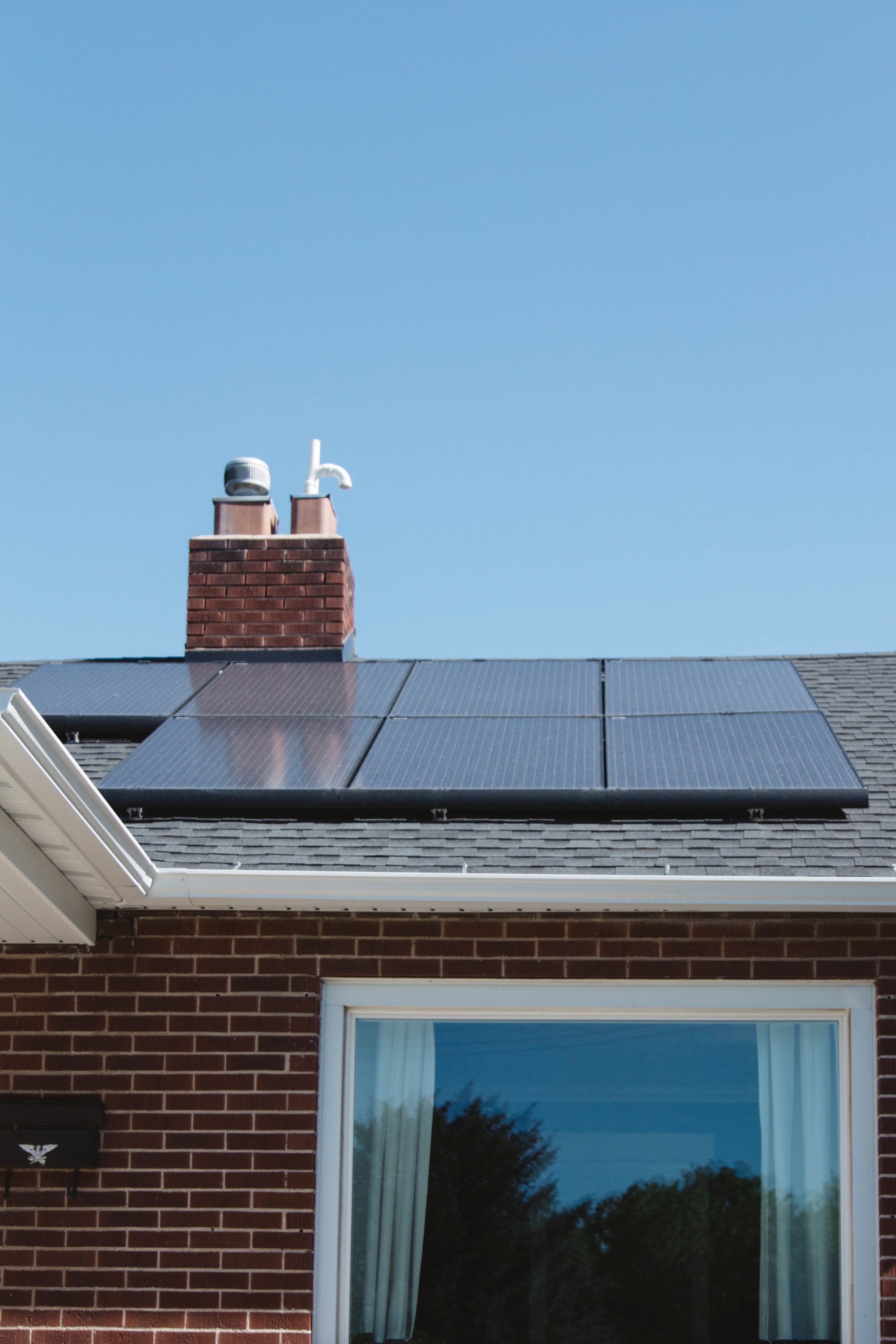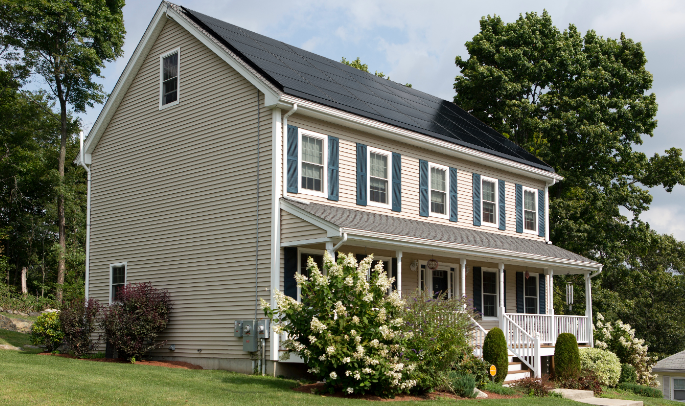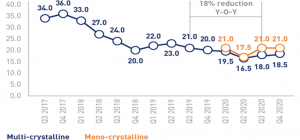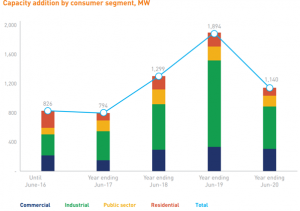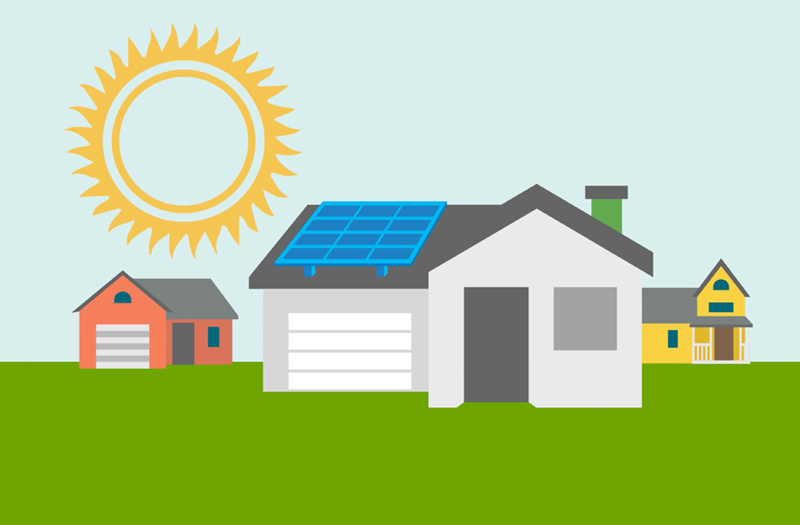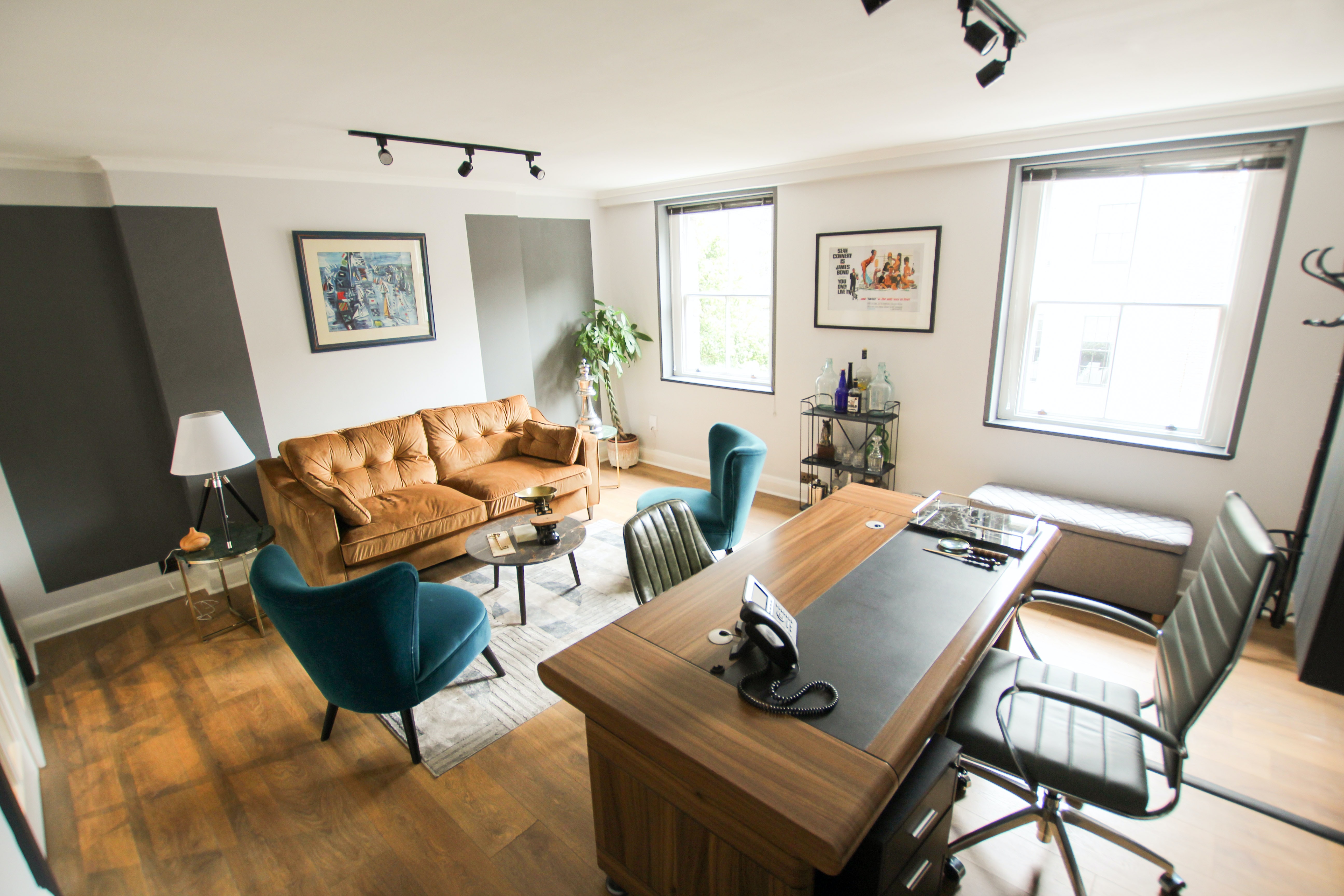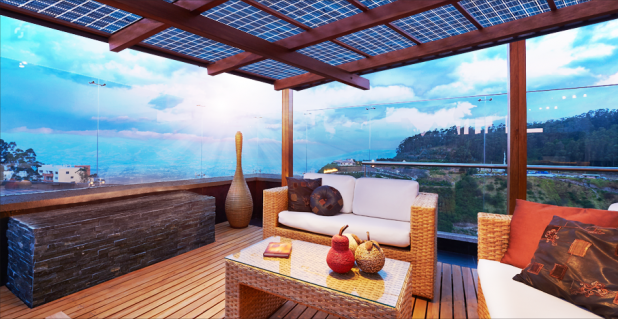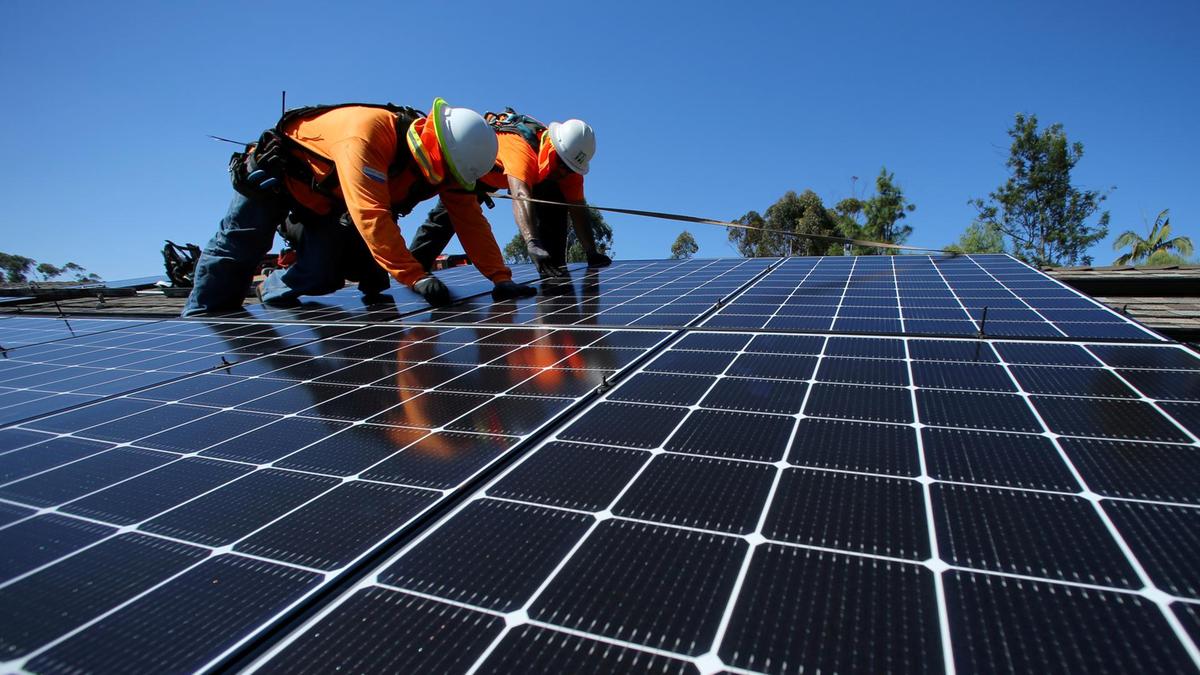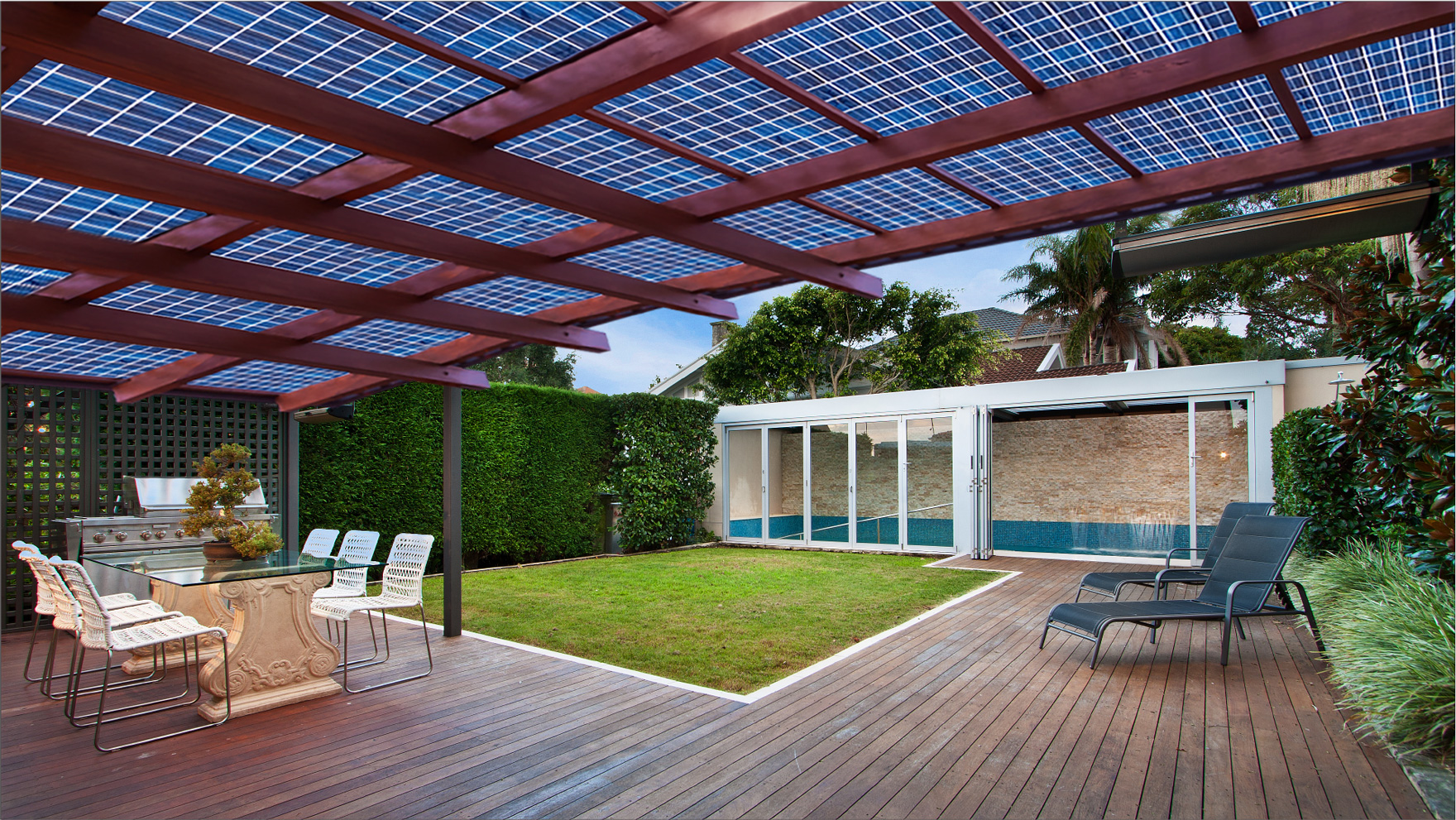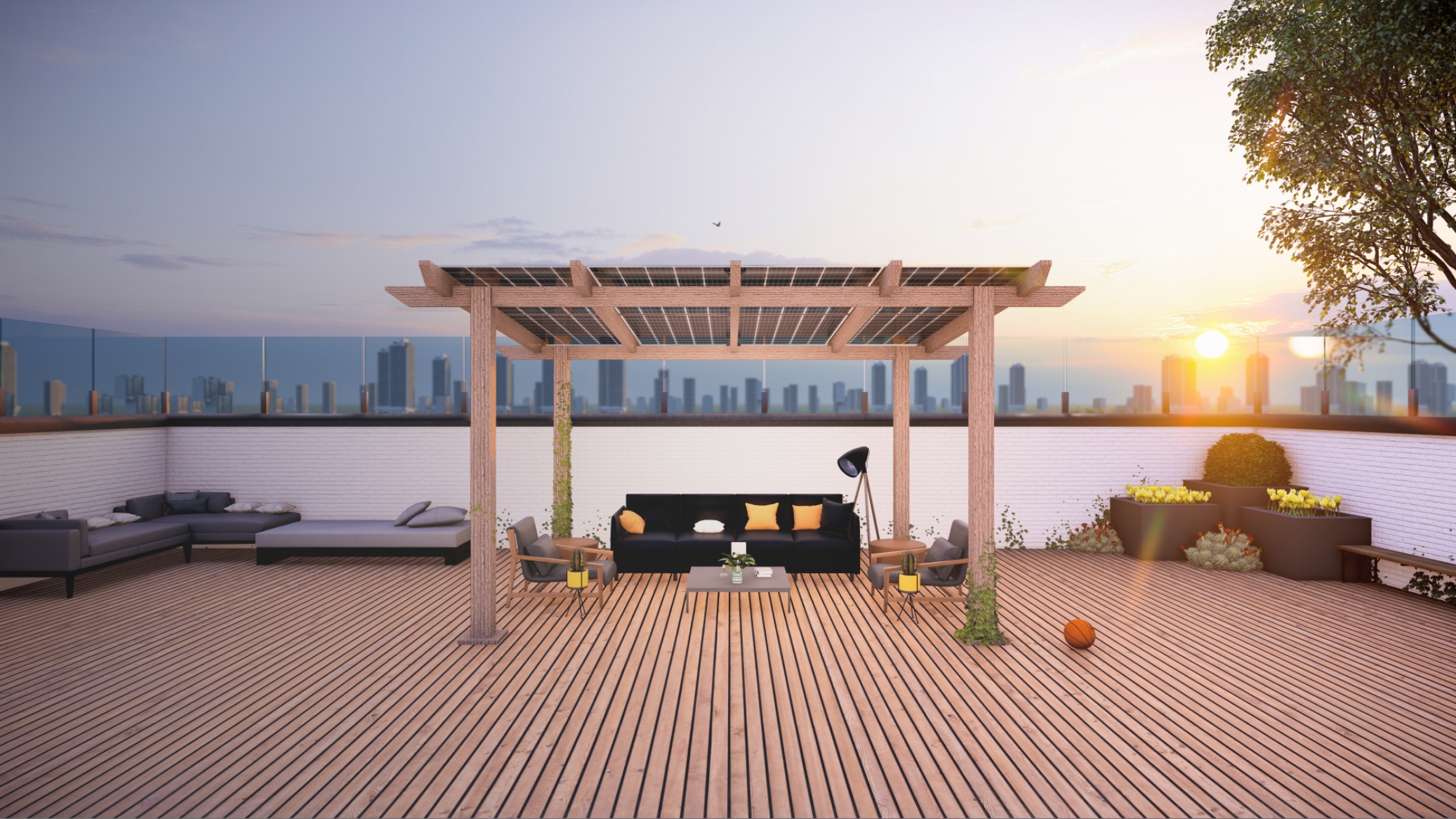The first solar panel was built in 1881 by Charles Fritts. It has been centuries since its inception but the technology is still evolving. While this technology was initially built for commercial users, its benefits and ease of installation has made it possible for homeowners to reap the benefits. In the last one decade, solar has grown in terms of people opting for it, and solar capacity installed immensely.
While there is enough literature on solar power for homes and the rooftop solar for commercial sector on the web, there are still many myths that need to be busted. Let’s debunk the 5 most common misconceptions about solar to help you hop on the solar wagon.
Top 5 Home Solar Myths
-
There Won’t Be Any Power Outages With Solar
A grid-tied rooftop solar system for home enables you to take advantage of net metering – a system where you get credit for contributing excess power to the utility grid and draw power from the grid when in need. However, a downside to this grid-tied solar system is that you continue to be impacted by power outages. When the electricity goes out from your local distribution company due to an overload, routine maintenance, or lightning and other natural disasters, your rooftop solar panel will also stop.
This is because the grid acts like a huge battery bank, which stores all your generated energy, and disburses for your consumption. Your energy exchange happens via grid, so obviously when the grid stops distributing electricity, you stop getting consumption electricity from the grid as well.
However, integrating a solar battery backup into your residential rooftop solar setup will help you create a power reserve to keep the lights on when your neighbours’ are out due to a power outage.
-
There Won’t Be Any Electricity Bills
The biggest motivation for adopting solar among homeowners is to reduce the cost of electricity, possibly bring it to zero, and increase energy savings. However, eliminating the electricity bill entirely throughout the solar lifespan of the solar system is a myth.
With an on-grid residential rooftop solar system, you will continue to receive monthly bills. It will reflect the import or units of electricity drawn from the grid, the export or units of excess solar electricity added to the grid, net units (difference between import and export) and banked units (when export is higher) to be carried forward to the next bill cycle. This billing mechanism is called net metering.
-
No Sunshine at Night Equals No Electricity at Night
Solar panels give maximum solar energy output on bright sunny days, whereas no energy is generated during night hours when the sun isn’t shining. However, when the sun doesn’t shine due to cloudy or rainy weather, solar panels still generate power from the little sunlight reaching the earth. In fact, the solar efficiency level is higher in slightly cold and sunny climates. The reason is that excessive heat interferes with the panels’ ability to convert sunlight (photons) into electricity.
Solar panels need constant sunlight, however dim it may be, but that does not mean that you can’t receive electricity at night. By connecting your solar panel to a battery backup or net metering (connection to the grid), you can enjoy electricity 24/7.
-
Rooftop or Terrace Gets Compromised With Solar
A prominent concern of homeowners is that a rooftop solar structure will consume their roofs or alter the aesthetics of their property. Well, this was the case thus far, but this has not been the case nowadays. There are solar plants with elevated height that even enhances the utility of your roofs while enjoying the benefits of a solar plant.
With the latest technological advancements in industry, residential rooftop solar has transformed. For example, the elevated rooftop solar plant by HomeScape is designed to suit your home and lifestyle. The pergola-inspired solar design works wonderfully both as a rooftop and ground solar setup and is installed by in-house trained technicians to ensure no damaged roof.
Its transparent glass solar ceiling lets in sunlight, creating a space for your winter sunbathing or morning yoga sessions.
-
Rooftop Solar is not suitable for small houses
Homeowners can benefit tremendously from solar and expect great returns. Since small houses are likely to have lesser load requirements, you will only need a few solar panels to generate enough electricity for your needs. Remember the thumb rule, for every 1 kilowatt of solar panels, you will need at most 100 sq. ft. of shade free area.
As a result, the price of solar systems for your home will also be as per the solar capacity you go for. Also, a home running on solar power will be valued higher should you decide to sell your home. Buyers will be willing to pay more for a home running on renewable energy.
Renewable energy is beneficial for us and the environment. If you are interested in exploring the various types of home solar systems, HomeScape is India’s leading rooftop solar installer and is here to help you make an informed decision. Our home solar systems are efficient, beautiful, and practically last forever.
Our team creates customized solar solutions to suit everyone’s needs with high-quality components, an advanced remote monitoring system, and higher efficiency solar panels.
Contact us for an in-person consultation today

